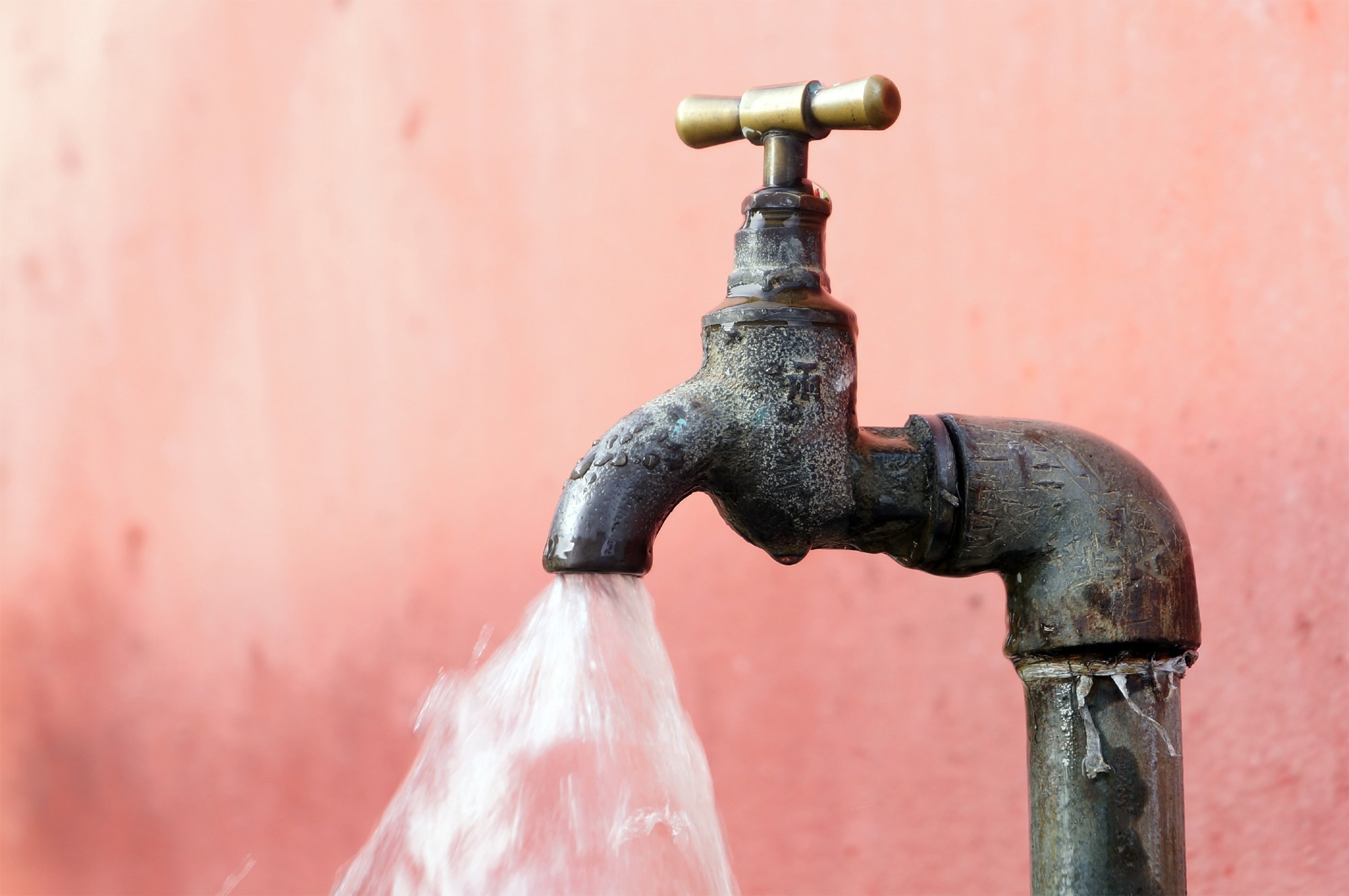In a recent study published in JAMA Pediatrics, researchers assess the distribution and prevalence of lead exposure through drinking water for children below six years of age in Chicago, Illinois.
 Study: Estimated childhood lead exposure from drinking water in Chicago. Image Credit: bakhistudio / Shutterstock.com
Study: Estimated childhood lead exposure from drinking water in Chicago. Image Credit: bakhistudio / Shutterstock.com
Lead exposure through contaminated water
Since discovering the toxic effects associated with lead exposure, large-scale efforts have been implemented throughout the United States to reduce exposure to this heavy metal from previously common sources like gasoline and paint. Although the installation of new lead pipes was banned in 1986, the contamination of drinking water from existing pipes remains an urgent public health concern.
According to the United States Environmental Protection Agency (EPA), no level of lead in drinking water is considered safe for consumption. Chronic exposure to low levels of lead-contaminated water can increase blood lead levels (BLLs), which increases the risk of various adverse health effects, particularly among children. These effects may include, but are not limited to, development deficits, cardiovascular complications, chronic kidney disease, and neurotoxicity.
Like many other cities throughout the U.S., Chicago, Illinois, continues to have lead service lines in its water system. In fact, current estimates indicate that over 400,000 lead pipes remain in use in Chicago, which is much greater than in any other U.S. city. Although efforts have been made to identify and replace lead service lines, only 0.007% of lead pipes were replaced in Chicago between 2020 and 2022.
About the study
Lead testing data was obtained from 38,385 tests provided by the Chicago Department of Water Management to households throughout Chicago between January 2016 and September 2023. Each test assessed lead concentrations in water that had been kept stagnant for at least six hours, water after two minutes of flushing, and water after five minutes of flushing.
Lead measurements, provided in parts per billion (ppb), were analyzed computationally to estimate childhood lead exposure at the city scale using machine learning algorithms and microsimulation studies. Risk-adjusted logistic regression analysis also determined racial disparities in lead exposure levels.
Study findings
Lead contamination in drinking water was present in 75% of the blocks. While at least one ppb was present in 70% of samples, 33% contained five ppb or more of lead.
Thus, almost 70% of Chicago's nearly 130,000 children under six years of age are exposed to lead-contaminated drinking water. About 20% of study participants reported drinking unfiltered tap water most of the time, which increased BLLs after three months.
The geographical location, population, and number of buildings for each block most accurately predicted the risk of lead exposure. The risk of exposure declined with the population; however, this risk rose with the number of buildings for each block. Blocks in Chicago's south and west neighborhoods had the highest contamination rates and lowest screening rates.
Although Black and Hispanic blocks were much more likely to be exposed to lead in drinking water, they were significantly less likely to complete at-home lead testing. For each increase of ten percentage points in block-level Black and Hispanic populations, the likelihood of lead testing declined by 3% and 6%, respectively, whereas the risk of lead-contaminated drinking water rose by 3% and 11%, respectively.
With a ten-percentage point increase in White populations, the likelihood of lead screening rose by 24%, even while the risk of contamination declined by 5%. This may reflect the increased use of drinking bottled water, rather than tap water, among White households compared to households of other ethnicities. However, lead contamination may also occur through bottled water, as the Food and Drug Administration (FDA) sets five ppb as the upper limit for lead in bottled water.
Implications for lead exposure
The study findings demonstrate widespread exposure to lead in drinking water among children in Chicago. While exposure rates were markedly higher among Blacks and Hispanics, they were also tested at much lower levels.
Lower screening rates, lower consumption of tap water, and higher levels of lead exposure among predominantly Black and Hispanic blocks may indicate mistrust toward water sources or lack of community engagement from relevant authorities.”
Chronic low-level lead exposure has the potential to affect humans of all ages by reducing mean IQ levels and increasing the rate of preterm births. Thus, there remains an urgent need to correct racial and ethnic inequities in childhood lead exposure. These efforts may include, but are not limited to, contacting these populations to improve access to lead testing, replacing lead pipes, filtering out lead, and using anti-corrosion agents to arrest lead leaching into tap water.